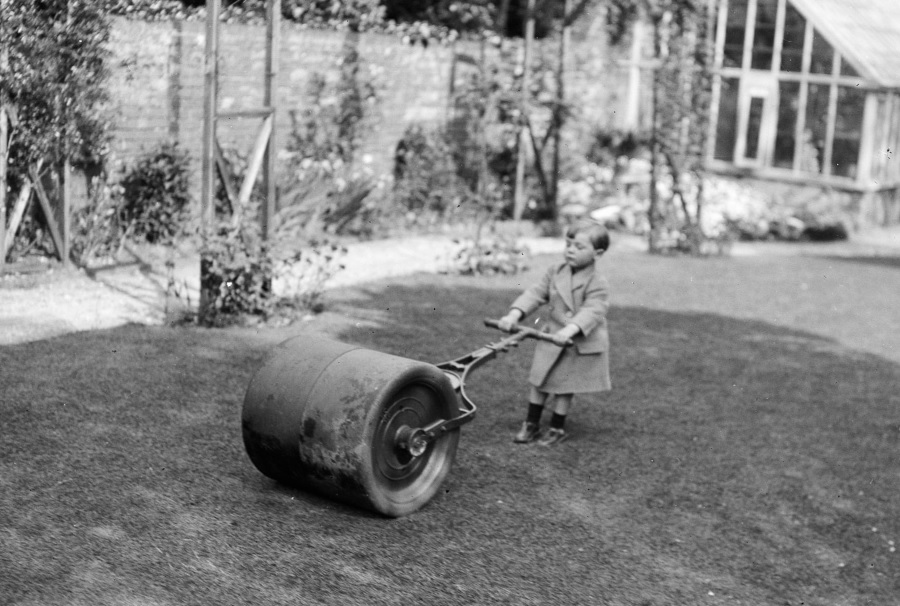
Lawn rolling is a practice almost as old as the very concept of a lawn itself.
Cultivation of outdoor spaces may have started as early as the 16th century, but it wasn't until the 17th century that we would begin to see lawns as we know them today, with closely shorn grass. In those days, lawns belonged only to wealthy land owners, for whom the lawn was a mark of wealth and status; only the rich could afford to hire help to cut and weed the grass. Bear in mind this was in the days before lawn mowers, so everything would've been done with manual tools such as scythes and lawn rollers.
Over time, as lawn games such as bowls, cricket, and golf increased in popularity, so did the trend of lawn maintenance. Lawn rollers are the perfect example of 'if it ain't broke, don't fix it': a classic, old-fashioned design that's still used today on cricket fields and golf courses to keep the surface flat and firm.
Should I roll my lawn?
If not done correctly, rolling a lawn can potentially do a lot of damage. Before you start rolling your lawn, you should check whether you actually have the right type of soil for lawn rolling.
If you have sandy soil in your garden, you shouldn't have an issue rolling your lawn. But if you have heavy clay soil, you might run into some issues. Compressing clay causes poor aeration, which can lead to waterlogging - bad news for your grass.
What Type of Soil Do I Have?
When to roll your lawn
The best time to roll your lawn is after seeding, and the best time to seed your lawn is between late summer and mid-autumn. In winter the ground is frozen, making it too hard to reap any benefits of rolling. Likewise, during the summer months, the ground can get baked hard by the sun, so rolling will be completely ineffective.
As well as rolling in late summer and mid-autumn, it is also advised that you roll your lawn when the conditions are moist, but not soaked. If the lawn is too dry, rolling won't be very effective; if it's too moist, you can compact the soil too heavily and cause the aeration issues we touched on earlier.
Are you interested in rolling your lawn, but unsure about what kind of care your lawn needs? Reach out to Lawn & Weed Expert today to book your FREE lawn survey. Our first-class team will evaluate your lawn and give you specialist advice on how to take care of your garden's unique needs.
Request a FREE Lawn Survey
The benefits of lawn rolling
There are many benefits to lawn rolling, which is why this method has been in use for such a long time and is still used today.
One major benefit of using a lawn roller is that, after seeding, rolling the lawn help to press the seed into the soil. Not only does this establish firm contact between the seed and soil, encouraging growth; it also helps to prevent the seed from drying out. It's a quicker method of burying the seed than trying to manually sow an extra layer of soil atop the seeds.
Another benefit of lawn rolling is that it firms the ground. This is why the roller is such a popular gardening tool for cricket fields and lawn sports: the rolling creates a firmer surface, which allows balls to bounce off the surface in ways they otherwise wouldn't be able to do.
If you have any questions about how to make your lawn as beautiful and as healthy as possible, please don't hesitate to reach out and contact the Lawn & Weed Expert team.
Get in Touch
READ MORE: How to Improve Soil Aeration